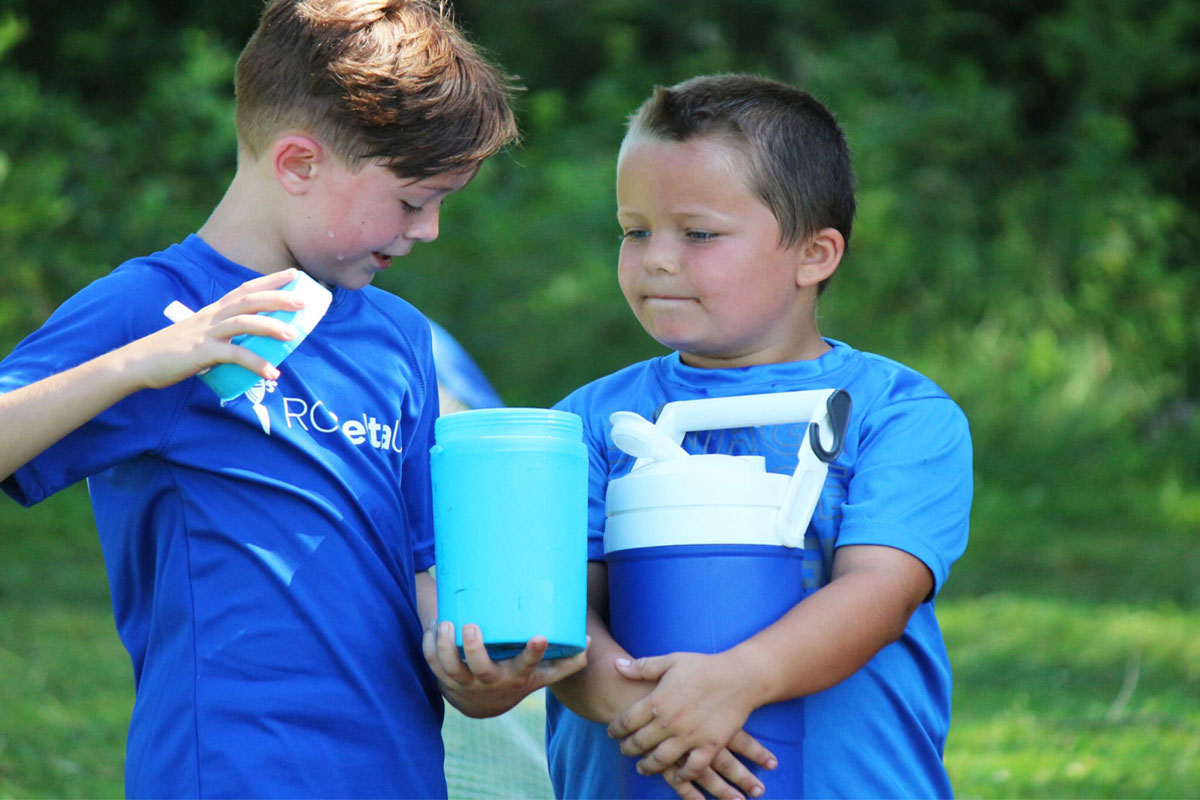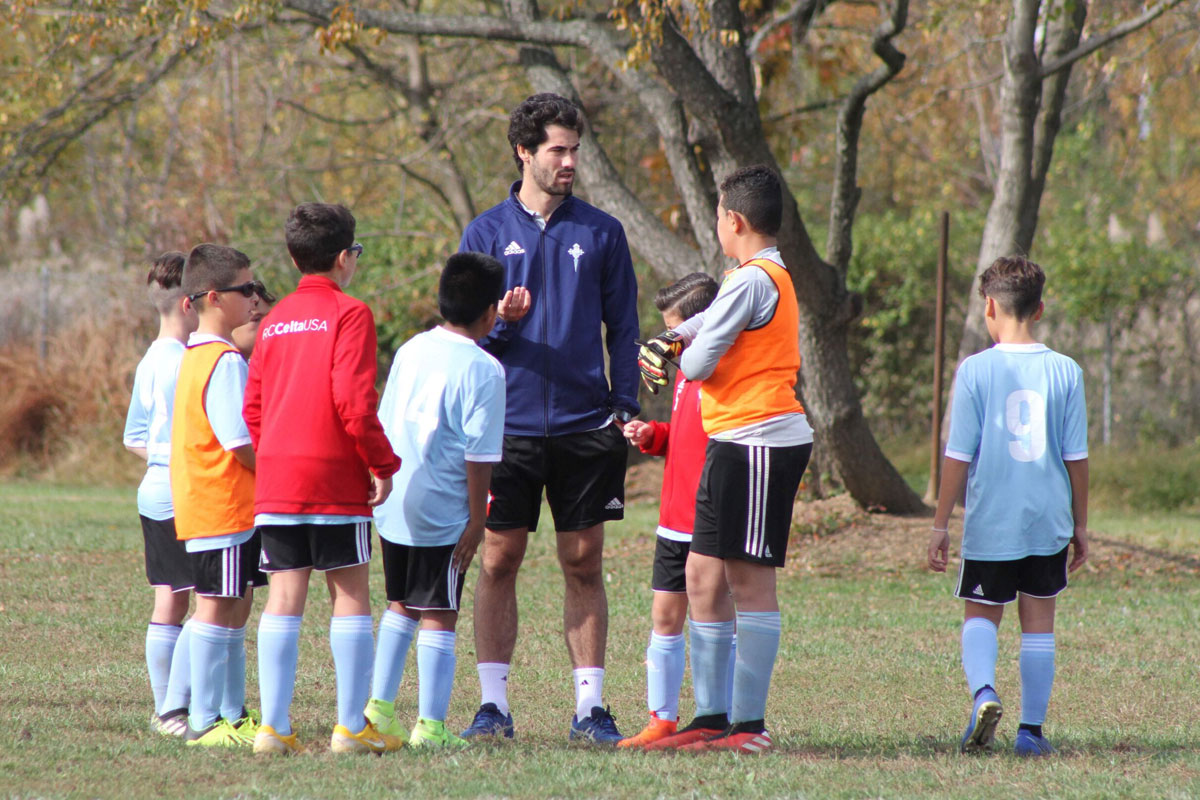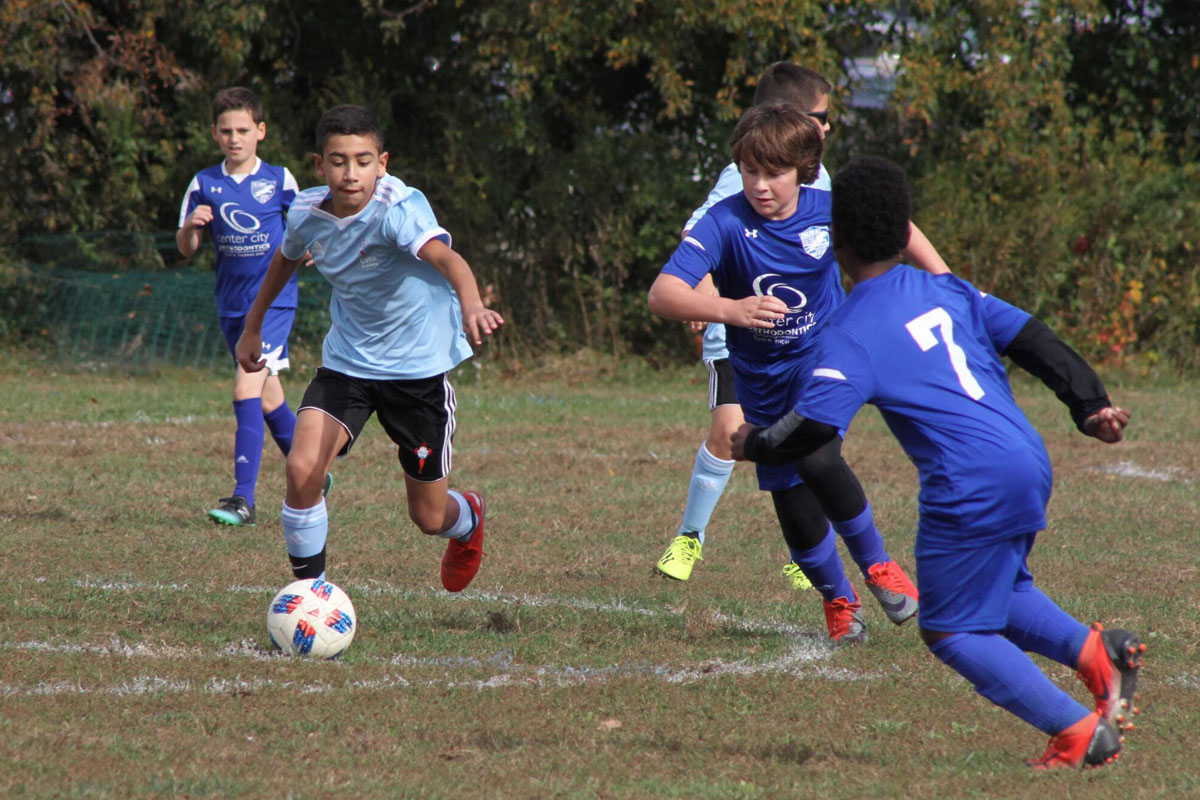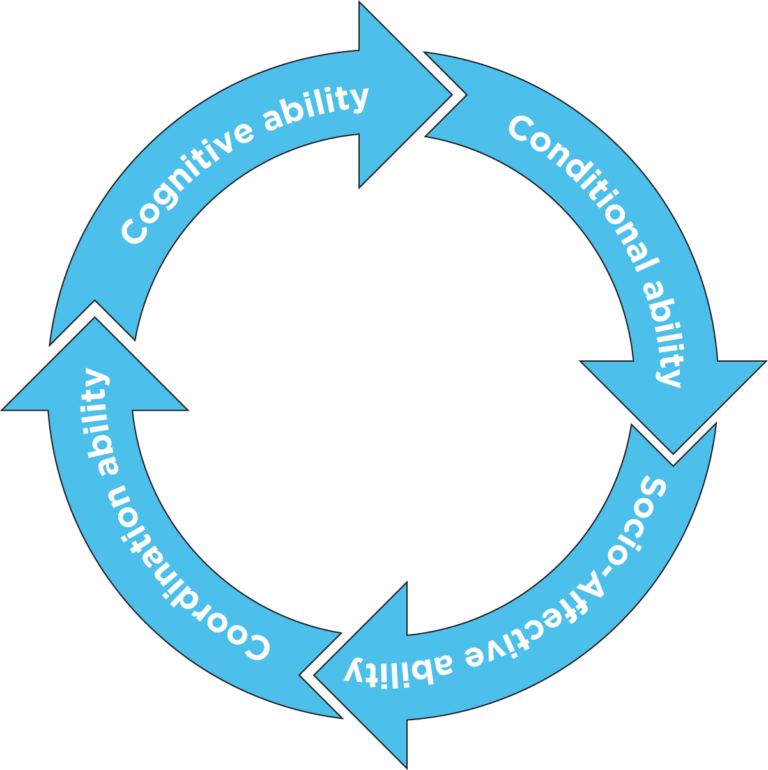Our Training
Explore Soccer The Spanish Way
Although many clubs, academies and soccer governing bodies preach a hierarchy to development, there are very few that follow through with those preachings.
This has played out among the many high ranking soccer organizations in America and could very well be the reason we have struggled to compete on a National level. It isn’t for the lack of physical conditioning in players. It isn’t for the lack of technique in players. The primary reason for struggle within the American soccer system, we believe and have seen played out through Spanish training, is the lack of understanding of the game itself; particularly in the idea of team play, off the ball movement, and the understanding of tactics.




Subscribe To Our Newsletter
American Training Methodology
- Physical conditioning highlighted (jogging and runs)
- Ball control in the form of moves emphasizes (scissors, step overs, and pull backs)
- Drills that work foot control
- Practices that emphasize speed, physicality, power kicks and individual prowess
- Games that require yelling from the sidelines creating instructional dependence.
The result: A strong, talented player who has little understanding of the game and working within a team environment.
Spanish Training Methodology
- Trainings that are broken into three parts that build upon each other with a large amount of modulated games developing decision making and creativity.
- Physical conditioning and technique included but corrected naturally in game play creating an environment of both competition and passion for the game.
- Drills in fundamental technical actions passing, receiving, body and spatial movement
- Ball control in the form of scissors, step overs, and pull backs are encouraged on a players own time. Team training is for the entire team to train to work with one another.
- Weekly, monthly and yearly plans developed so that trainings can be left for correction and brain development. This minimizes the need to yell at players from the sidelines and creates an environment for independent thought and decision making.
The result: A player who is not only competent physically and technically but knows how to use the strengths of his/her teammates to continually improve and win games. This player is more confident and more capable.
Exploring Soccer Development The SPANISH Way
In America, the the majority of clubs and academies have attempted to coach multiple concepts following one doctrine of training, taken from school and old military training techniques. Our methodology has come from Spain where they have dissected and reorganized how training should be approached. Within our training system, two types of methodologies are differentiated:
A multidisciplinary approach that is linked to the idea that maximum sporting performance is obtained through the sum of all the concepts taught (technical, tactical, physical, psychological and visual) but with isolated and totally different objectives. This means that if each of these concepts are taught and drilled regularly, specifically technical aspects, a child-player would then become a good soccer player and therefore fit into any soccer system and team.
An integrated approach is based on the fact that in the practice of sports, the technical-tactical, physical, psychological and visual skills are all expressed intimately, united but differentiated. The common denominator of this methodology is always technique and tactics. Through it, the remaining qualities that are involved in sporting performance are developed therefore creating uniquely strong players for specific positions and as such creating a stronger team.

Multidisciplinary Training Methodology

Integrated Training Methodology
The Brain-Body Cycle of Techniques and Tactics
In order to deliver a training system that include both technical and tactical exercises that will stick with our players, we take into consideration, a brain -body cycle that will allow us to continue to give more information by way of study and game play all while expanding their ability to absorb the information, be it physical or mental. You cannot give more information to a child than they can handle. but you can help them broaden the ability to absorb information and then deliver that information. Both are needed to develop a child properly. otherwise you are just yelling at a kids from the sidelines, asking them to do something they are either physically not capable of doing or mentally unable to understand how to do it.
This is a critical piece to the training methodology

Development Through the Ages
Many exercises try to achieve the objective of teaching and training football, following the child’s characteristics in each stage and observing different focuses. Our experience tells us that the objectives of a phase progress due to the premature start of a specific football activity. Because of this, currently, we follow and distinguish the following stages:
PHASE 1: Building the child’s relationship with his environment
PHASE 2: Building the relationship with the ball
PHASE 3: Building team play with teammates and against opponents
PHASE 4: Developing notions of space and time related to team play
Depending on the child’s age and skill level, we will give more or less priority to one phase or another and each phase will have a percentage of the whole training year.
The graph above gives an idea of how each phase has its priority over each year and how the long term approach to training has the greatest impact on developing professional players.
At 4-8, player development lies more in basic motor skills and fundamental technical development. Equal playing time and flexible positioning should be allowed so that natural qualities emerge.
At 9-13 player development progresses to more individual technique and in tactical movement. Players can still be moved around to develop individual qualities to each position so they and their coaches can evaluate what they are good at.
At 14-18 player development lies more in Positional, Group and Team Development. Qualities of a player should be developed and each position should be filled by a player with the qualities specific to that position and the formations the team has in mind.
At 19+ player development lies specifically in Group and Team Development. Individual training is done on a players own time.

